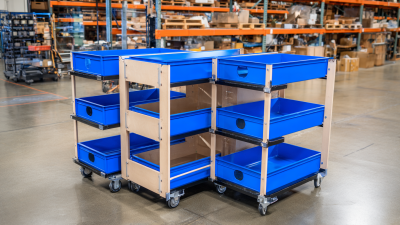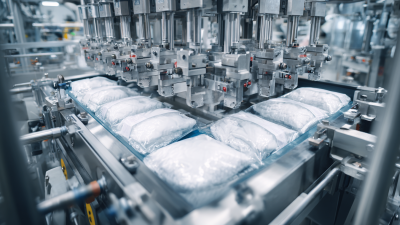Revolutionizing the Food Industry How Food Packaging Machines Enhance Freshness and Sustainability
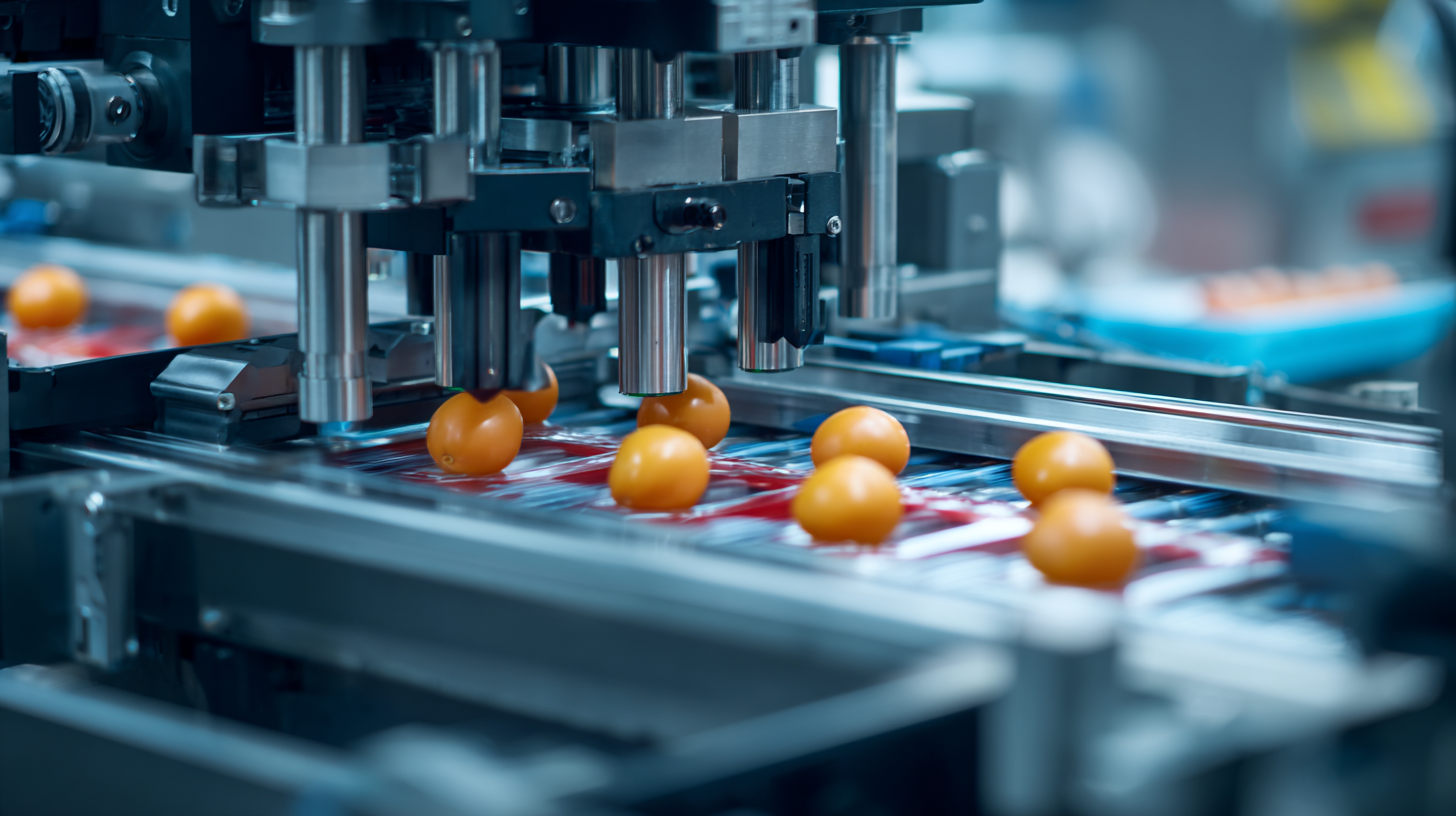 In an era where consumer demand for freshness and sustainability drives innovation, the food packaging machine emerges as a pivotal player in the transformation of the food industry. These advanced machines not only enhance the shelf life of products but also contribute significantly to reducing food waste, a pressing global issue. By leveraging cutting-edge technology, food packaging machines ensure that perishable items maintain their quality from production to consumption, thereby meeting the expectations of health-conscious consumers.
In an era where consumer demand for freshness and sustainability drives innovation, the food packaging machine emerges as a pivotal player in the transformation of the food industry. These advanced machines not only enhance the shelf life of products but also contribute significantly to reducing food waste, a pressing global issue. By leveraging cutting-edge technology, food packaging machines ensure that perishable items maintain their quality from production to consumption, thereby meeting the expectations of health-conscious consumers.
Moreover, with a growing emphasis on eco-friendly practices, many modern food packaging solutions focus on using sustainable materials and minimizing environmental impact. This synergy between freshness and sustainability exemplifies how food packaging machines are revolutionizing the industry, paving the way for a more efficient and responsible food supply chain.
As we delve deeper into this topic, we will explore the innovative designs and functionalities of these machines that are redefining standards and improving our relationship with food.
Exploring Innovations in Food Packaging Technologies for Enhanced Freshness
The food packaging industry is undergoing significant transformations driven by innovations aimed at enhancing freshness and sustainability. According to recent market analysis, the meat packaging segment is notable, with a growing emphasis on materials that maintain quality and extend shelf life. Plastic materials such as Polyethylene (PE), Polyvinyl Chloride (PVC), and Polystyrene (PS) are widely utilized, reflecting a shift toward solutions that minimize food waste while ensuring product integrity. This evolution is not just about preservation; it also meets rising consumer demands for sustainable practices.
Additionally, the frozen food packaging market is projected to experience robust growth, valued significantly at levels that highlight the increasing importance of protective packaging materials like Polyethylene Terephthalate (PET). The food and beverage processing equipment market, valued at $8.02 billion in 2022, is anticipated to grow to $12.14 billion by 2030, with a compound annual growth rate of 5.5% from 2024 to 2030. These statistics underscore the industry's commitment to innovation, marrying efficiency with sustainability to cater to an ever-evolving market landscape focused on fresh and eco-friendly food options.
Revolutionizing Food Packaging: Enhancing Freshness and Sustainability
Key Features of Modern Food Packaging Machines for Sustainability
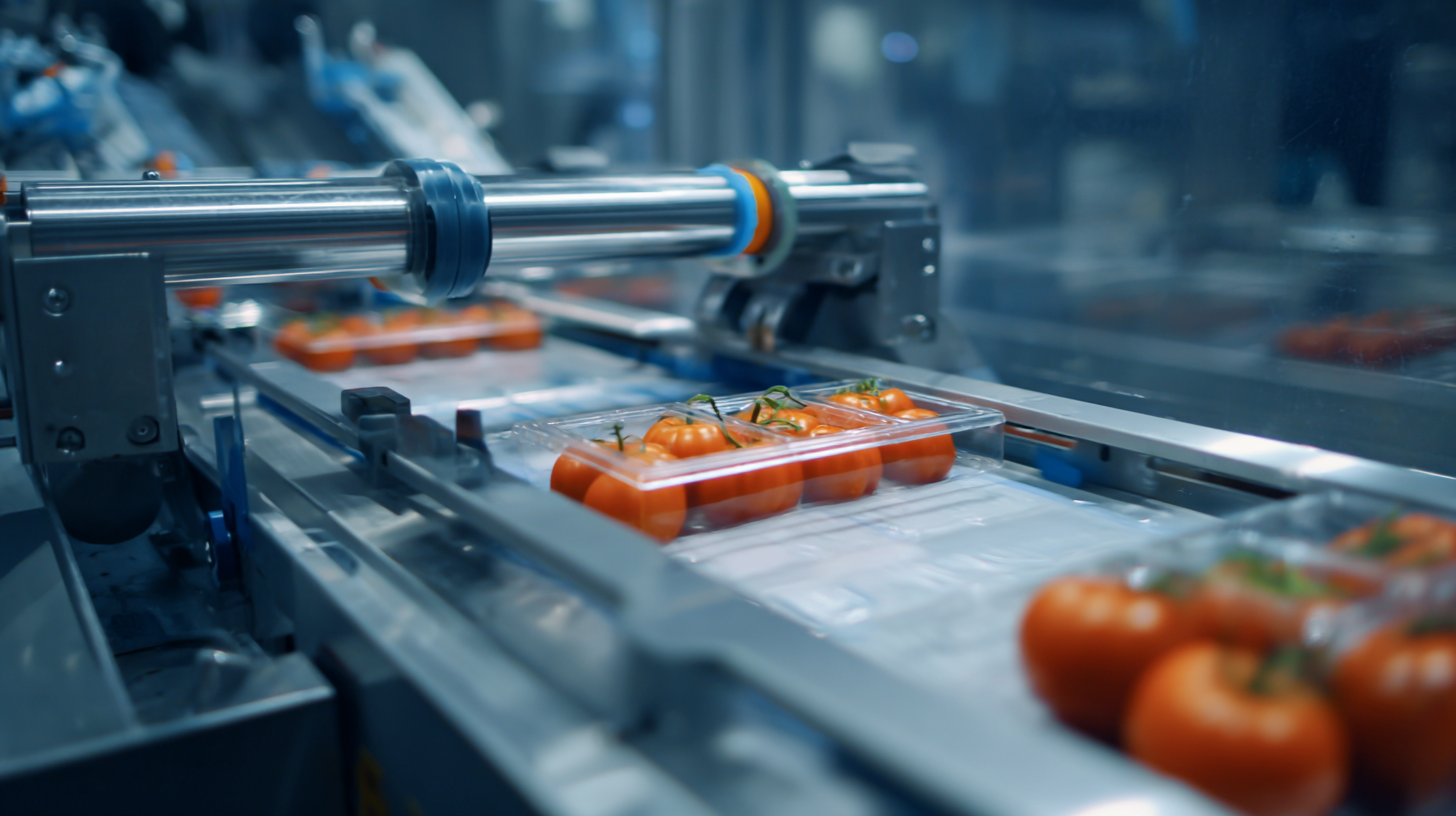 Modern food packaging machines play a crucial role in enhancing both the
freshness of products and promoting
sustainability within the food industry. One of the key features of these machines
is their ability to utilize innovative materials, such as biodegradable films and recyclable materials.
According to a report by the Packaging Association, approximately
55% of consumers are willing to pay more for biodegradable packaging,
reflecting a growing demand for environmentally friendly solutions. This shift not only helps in reducing
plastic waste but also supports brand loyalty among eco-conscious
consumers.
Modern food packaging machines play a crucial role in enhancing both the
freshness of products and promoting
sustainability within the food industry. One of the key features of these machines
is their ability to utilize innovative materials, such as biodegradable films and recyclable materials.
According to a report by the Packaging Association, approximately
55% of consumers are willing to pay more for biodegradable packaging,
reflecting a growing demand for environmentally friendly solutions. This shift not only helps in reducing
plastic waste but also supports brand loyalty among eco-conscious
consumers.
Additionally, advanced packaging technologies, such as
modified atmosphere packaging (MAP), enable longer shelf lives by maintaining
optimal conditions for food preservation. This method can reduce food waste by up to
30%, as highlighted in a study by the
Food Waste Reduction Alliance. By integrating smart sensors and automated processes, modern packaging
machines ensure precise sealing and monitoring, further enhancing product freshness while minimizing resource consumption.
These features not only cater to the industry’s sustainability goals but also align with global efforts to combat food waste
and promote efficient production practices.
Understanding the Role of Vacuum Packaging in Food Longevity
Vacuum packaging has emerged as a crucial technology in the food industry, significantly enhancing food longevity and reducing waste. According to industry reports, vacuum packaging can extend the shelf life of perishable products by up to 5 times compared to traditional packaging methods. This extension not only preserves the freshness of food but also minimizes spoilage, providing both economic and environmental benefits. As consumer demand for fresh and sustainable food continues to rise, vacuum packaging presents a viable solution that meets these expectations.
Recent discussions surrounding "short shelf life" and "long shelf life" products highlight the importance of understanding how packaging choices impact food quality. For instance, while consumers often gravitate towards products with longer shelf lives, they are increasingly concerned about the trade-offs in freshness and nutritional value. A 2023 study indicated that vacuum-sealed products retain up to 90% of their original flavor and texture, compared to only 60% in conventionally packaged goods after the same storage period. This data illustrates the vital role that vacuum packaging plays in not only extending food longevity but also ensuring that consumers receive high-quality products that align with their health and sustainability values.
Revolutionizing the Food Industry: How Food Packaging Machines Enhance Freshness and Sustainability
| Food Type | Packaging Method | Freshness Duration (Days) | Sustainability Score (1-10) | Environmental Impact (Kg CO2 per kg) |
|---|---|---|---|---|
| Fruits | Vacuum Packaging | 14 | 8 | 0.5 |
| Vegetables | Modified Atmosphere Packaging | 10 | 7 | 0.4 |
| Meat | Vacuum Packaging | 21 | 9 | 1.2 |
| Fish | Vacuum Sealing | 16 | 8 | 1.0 |
| Cheese | Alternative Vacuum Packaging | 30 | 8 | 0.6 |
The Impact of Eco-Friendly Materials on Packaging Efficiency
The trend toward eco-friendly packaging materials is transforming the food industry, significantly enhancing both freshness and sustainability. According to a report by Smithers Pira, the global market for sustainable packaging is expected to reach $650 billion by 2024, demonstrating a clear consumer shift towards environmentally responsible choices. This demand is driven by growing awareness of the environmental impacts of traditional packaging, leading manufacturers to explore alternatives like biodegradable plastics and plant-based materials.
Eco-friendly materials not only contribute to the reduction of waste but also improve packaging efficiency. Research published in the Journal of Cleaner Production indicates that plant-based packaging can extend shelf life by up to 25% compared to conventional options. This increased freshness reduces food spoilage, a critical concern in an industry where nearly one-third of all food produced is wasted. By integrating sustainable practices into their packaging processes, companies not only meet consumer preferences but also adhere to stringent regulations aimed at reducing environmental footprints. As the industry evolves, the adoption of eco-friendly materials will play a crucial role in shaping a more sustainable future for food packaging.
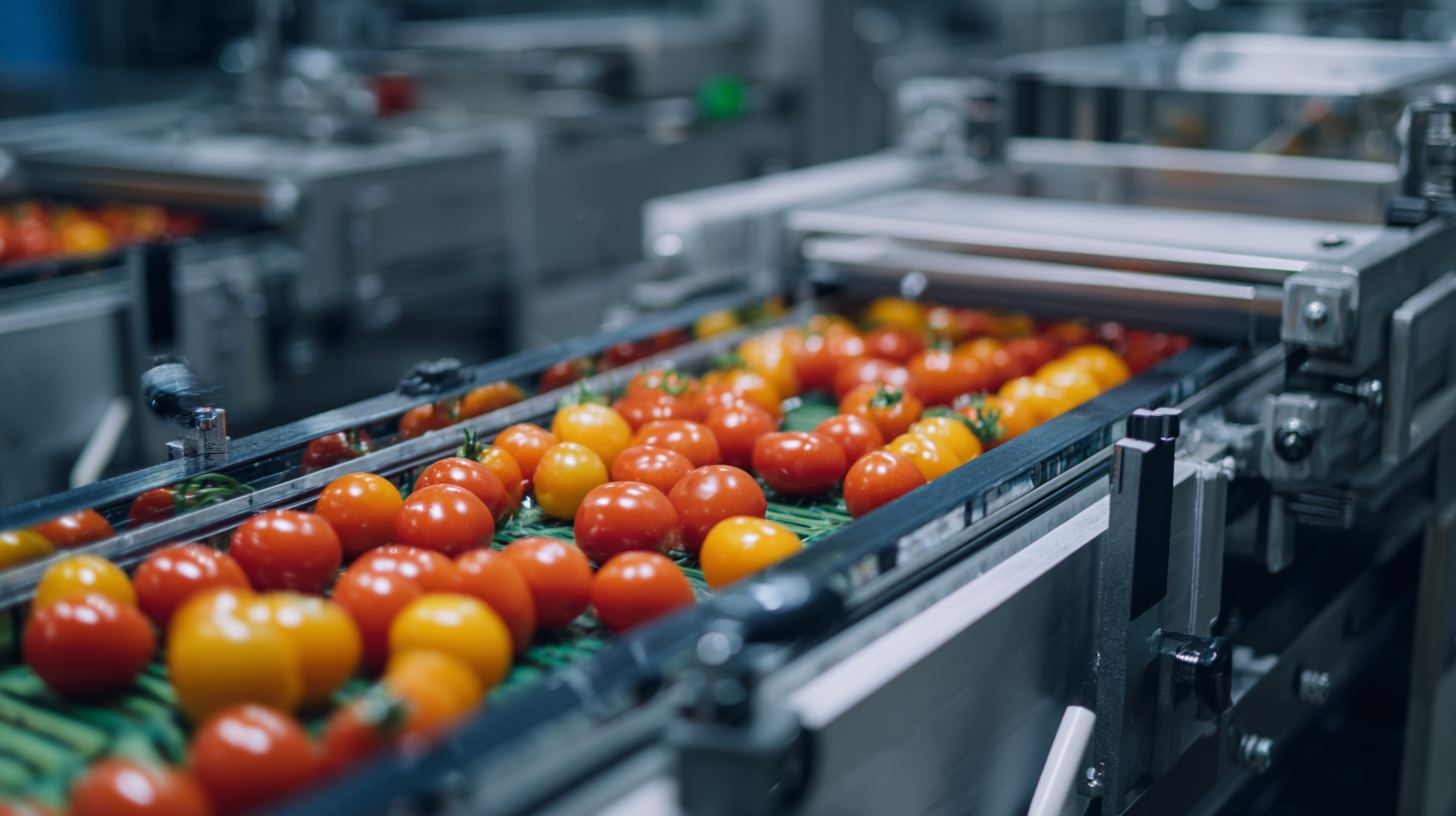
Best Practices for Implementing Advanced Food Packaging Solutions
The food packaging industry is rapidly evolving, and implementing advanced food packaging solutions is crucial for enhancing freshness and ensuring sustainability. According to a report by Smithers Pira, 76% of consumers consider packaging to have a significant impact on their purchasing decisions, highlighting the importance of effective packaging in the food sector. Companies can adopt practices such as using biodegradable materials, which have seen a growth rate of 23% per year, suggesting a strong market push towards eco-friendly options.
Additionally, smart packaging technologies are gaining traction, offering innovative ways to monitor the freshness of food products. Systems like time-temperature indicators can ensure that food maintains its quality, reducing waste. Research from the Food and Agriculture Organization (FAO) indicates that food wastage is a critical issue, with approximately 1.3 billion tons of food lost globally each year, largely due to inadequate packaging. By integrating these advanced packaging methods, companies not only increase the shelf life of their products but also contribute to the reduction of overall food waste, promoting sustainability within the supply chain.

